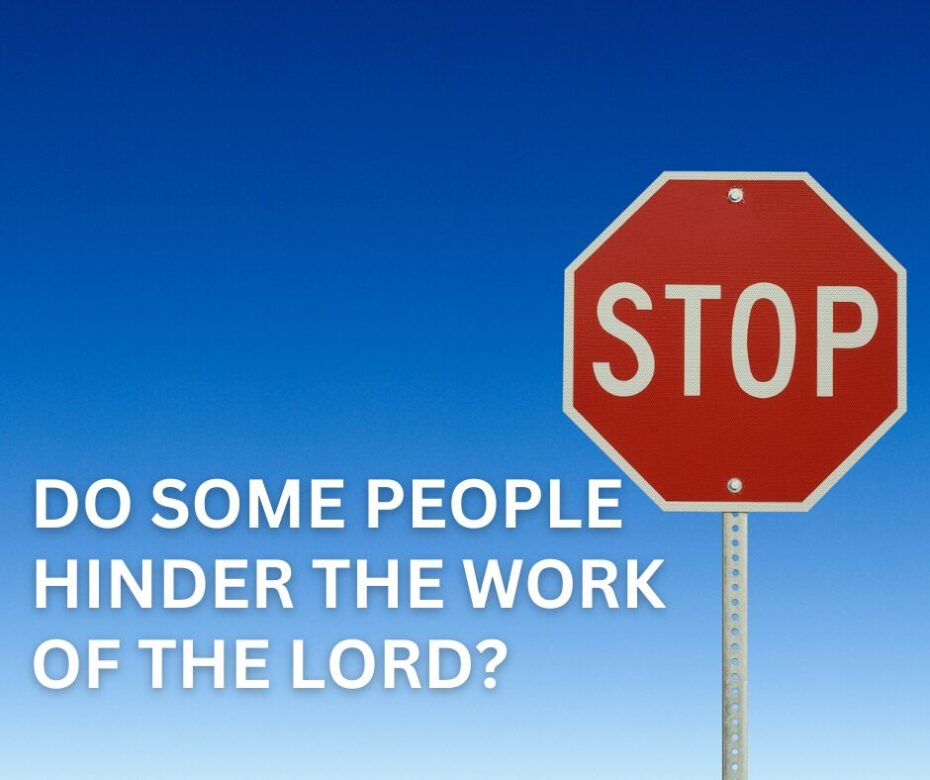Luke 5:17-26 is the passage that tells the story of the paralyzed man who was healed by the Lord when his friends lowered him through the roof. Even though I’ve heard this story many times, I recently noticed something I had previously missed.
Luke recounts that there were scribes and Pharisees in the house. I had previously assumed that they were a small part of the crowd in the house. But Luke states that they were from “every town” of Galilee, Judea, and even Jerusalem. That’s a lot of towns! I realized that there were many religious leaders who had come to see and hear the Lord. My understanding is that homes in the first century were small. Luke is saying that Jesus was in a home that was full of Pharisees and scribes.
Due to the presence of all these men, the paralyzed man was not able to enter the home (v 19). These religious men kept the sick man from entering through the door. The man’s friends were forced to take him to the roof and lower him down. That was the only way the paralyzed man could be in the Lord’s presence.
The sick man and his friends were believers. They wanted to be close to the Lord. They wanted their friend to be healed. We can confidently assume that they wanted to hear what Jesus was teaching in the house. Jesus praised them for their faith and announced that the sins of the paralyzed man had been forgiven.
Unlike the man and his friends, the religious leaders were there to criticize the Lord. They accused Him of blasphemy.
The account is connected with the previous verses, in which the Lord heals a man of leprosy (5:12-16). The Lord had sent the healed leper to the religious leaders in Jerusalem in order to show what He had done for the man. That is why Luke mentions that there were leaders from Jerusalem in the house. They had heard about the teachings and power of Christ, and they were there to check it out.
Only God could heal a leper. When Jesus heals the paralyzed man and forgives his sins, He again does something that only God could do. These leaders had irrefutable evidence that the One doing these things had been sent by God. When He claimed to be the Christ, their responsibility was obvious. They should tell the people that Jesus of Nazareth was the Messiah.
Of course, that is not what happens. This foreshadows what the leaders will do despite the evidence right before their eyes. They fill the house and listen to the Lord with critical ears. Eager to reject Him, they accuse Him of blaspheming God. A blasphemer could not be the Christ. That is the message they will present to the people.
It’s sad, isn’t it? The religious leaders were supposed to lead the people to the truth. In this case, their job was an easy one. The truth was obvious. But their pride and love of power prevented them from doing what they should have done.
But it was worse. Here was a man and his friends who believed the truth. They wanted to be near the One they recognized as the Christ. The religious leaders, however, were obstacles to what these men wanted. Instead of pointing the people to the One who was clearly the Christ, they pushed them away! Later, the Lord will directly accuse them of this sin (Luke 11:52). Because the house was crammed with religious leaders, the man and his friends had to go to great lengths to be in the presence of the Christ!
The same thing happens today. There are numerous leaders in various religious communities who are respected by many. These respected leaders are exposed to the message of grace and assurance of salvation and to the doctrine of rewards. But for various reasons, they reject such sound doctrine. However, not satisfied with that, they actively encourage others to reject these truths. If those who look up to them seek the truth, these leaders will do whatever they can to prevent them from coming to the truth. They will say that such Biblical teachings are blasphemous. They are like the religious leaders in this passage. It is as if they form a wall around the Lord’s teachings in order to keep people from hearing Him.
The evil one wants to prevent people from learning the truth. Many religious leaders do as well. Fortunately, the one who seeks the truth will find it. The paralyzed man and his friends are a picture of this. For most of us, we won’t even have to destroy a roof to be close to the King.


